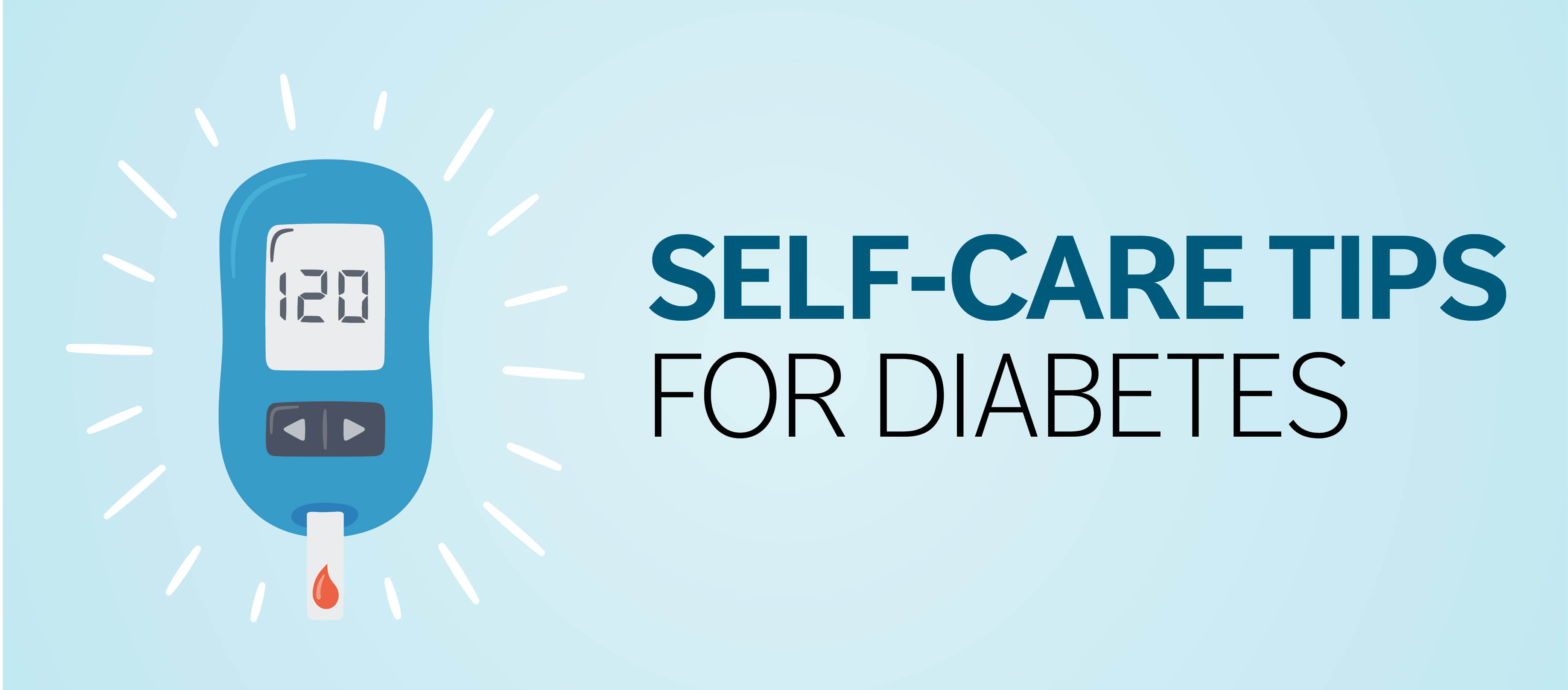
Living With Diabetes
Learn about the basics of diabetes, and get tips on how meal planning, exercise, proper medication and coping strategies can help you live well.
Driving is an important aspect of our society, especially living in the Midwest. But there is quite a bit to keep in mind before and while on the road – especially when you have diabetes.
Diabetes is a chronic condition in which the body doesn’t make or properly use insulin, which regulates blood glucose and process sugars and starches to give you energy. When low blood sugar hits out of the blue, it can be dangerous.
With a little planning and preparation, you can manage your diabetes anywhere you go. Here are three tips to help you drive safely with diabetes.
1. Always bring a diabetes tool kit. Whether you’re making a trip around the corner or going on a road trip, a diabetes tool kit can be a lifesaver. This kit should include supplies to manage your blood glucose when you’re away from home. In a small travel bag, include:
- Diabetes alert identification card
- Fast-acting carbohydrates, such as glucose tablets, juice boxes or snacks
- Insulin pen or syringe, if necessary
- Logbook
- Medications
- Spare glucose meter
- Test strips
Keep your kit where you can easily access it when you’re in the car, like the center console or driver’s side door. Avoid leaving your tool kit in the car, though, as excessive heat and sunlight can damage diabetes medications, glucose meters and insulin.
2. Check your blood glucose before driving. You want your glucose levels to be at least 80 mg/dL before getting behind the wheel, because it’s unsafe to operate a vehicle with low blood glucose. Also known as hypoglycemia, low blood glucose can make it hard to concentrate, delay reaction time and cause blurry vision. If your levels are below 80 mg/dL, have a fast-acting carbohydrate snack, such as a full-sugar soda, jellybeans or gummy bears. Wait 15 minutes after having your snack and then check your levels again.
3. Watch for low glucose symptoms while driving. Your blood glucose can dip at any point, even while traveling. Pull over safely and check your blood glucose levels if you start to feel:
- A headache
- Clumsy
- Dizzy, lightheaded or confused
- Hungry
- Irritable or cranky
- Shaky or jumpy
- Sleepy
- Sweaty
- Weak
Use snacks from your tool kit to raise your levels. Don’t start driving again until your blood glucose is in a normal range between 80 mg/dL and 180 mg/dL.
Takeaway
Driving is a big part of a lot of our lives. When you have diabetes it’s important to keep your blood glucose levels in mind before and while you’re behind the wheel. Keep your diabetes tool kit with you and stay aware of how you’re feeling while driving so you can safely get from point A to point B. If you have any other concerns or questions about driving with diabetes, talk with your primary care provider or a diabetes educator.



